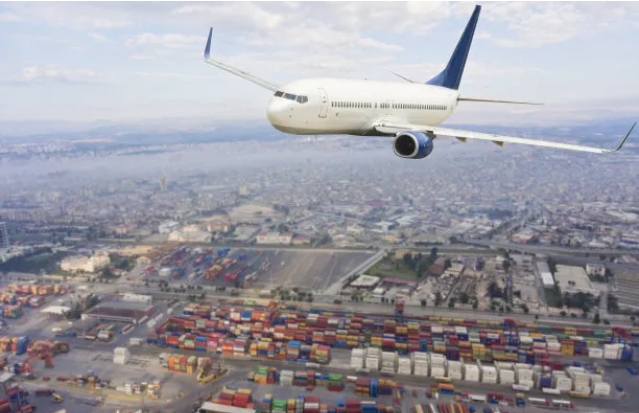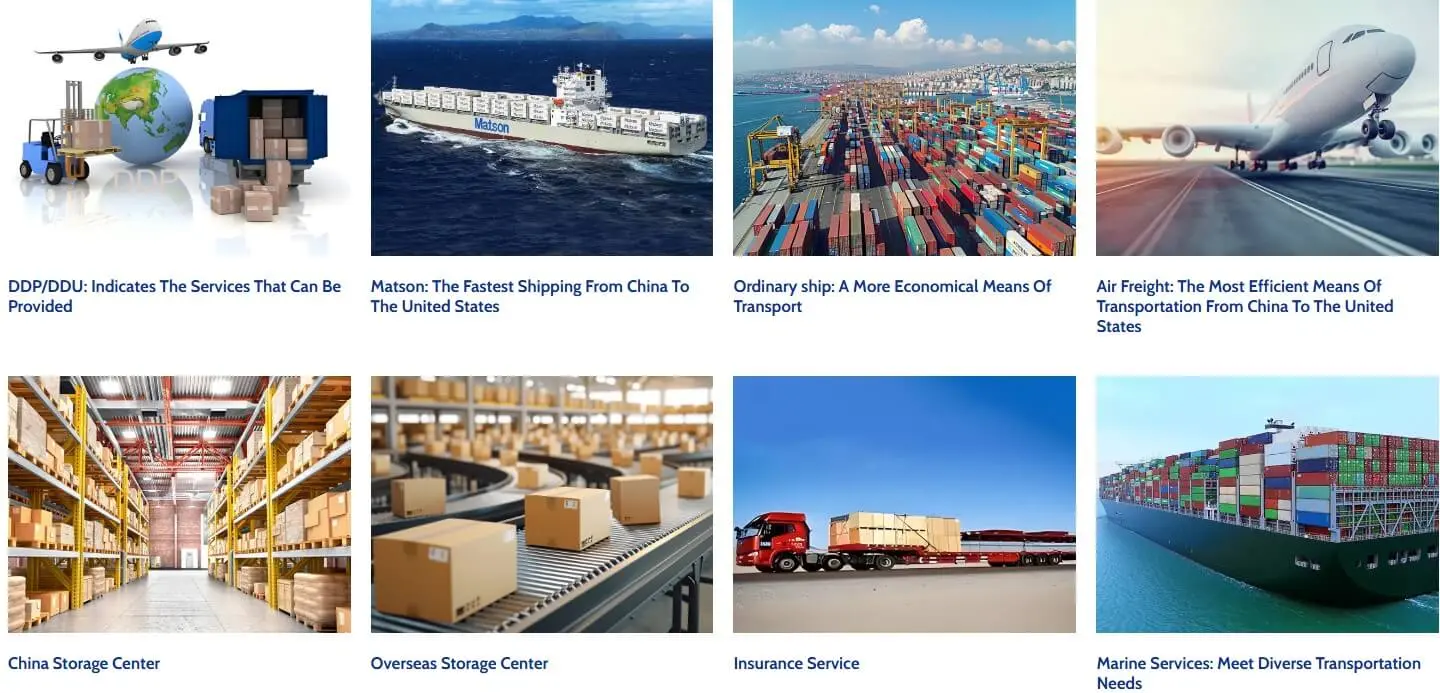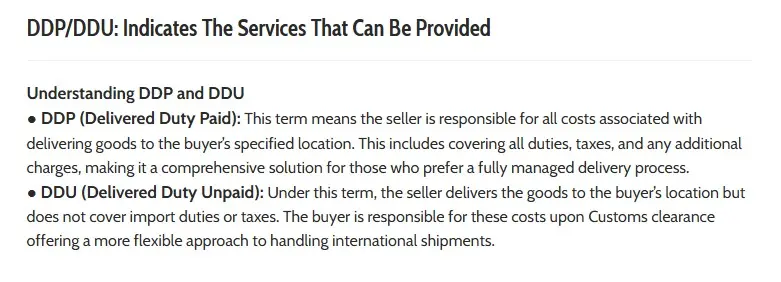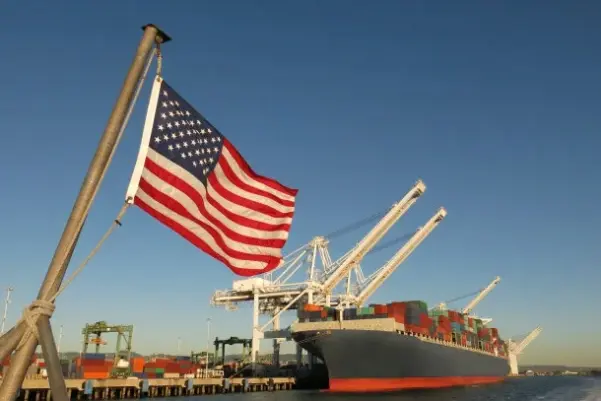Evolution of ocean freight fees: At the end of previous years, ocean cargo rates have climbed all the way, and this year is not optimistic
The end of the year is traditionally considered the peak season for Ocean Freight fees. As foreign trade companies increase their shipments, ocean freight fees usually rise significantly. This experience of seasonal peaks based on previous years is a predictable pattern.
However, the freight landscape has changed significantly. As we move into 2024, it's clear that the dynamics of cargo shipping costs are changing. Since the beginning of the year, freight rates have continued to rise, breaking the historical trend that freight rates are the lowest in a year when short-term shipments are not large. This upward trend has continued this year, and freight rates have not decreased significantly since then, which has kept transportation costs much higher.
There are many reasons why freight rates continue to rise. The global supply chain is facing a number of challenges, including labor shortages, port congestion and volatile fuel prices. Perhaps the most fundamental reason is that the global economic weakness after the pandemic has decimated orders and the shipping co has had to cut many routes to maintain freight rates. These problems have a knock-on effect, resulting in continued pressure on transportation costs. In addition, as consumers continue to drive the growth of e-commerce, the demand for goods remains strong, further increasing the pressure on logistics networks.
As we move into 2024, cargo freight forwarder must adapt to this new reality. The historical predictability of year-end peak season rates is no longer a reliable indicator. cargo freight forwarder is encouraged to explore alternative transportation strategies, negotiate long-term contracts, and invest in technologies that optimize supply chains.
Usure is ready to provide you with the best shipping options and the most favorable prices.



















